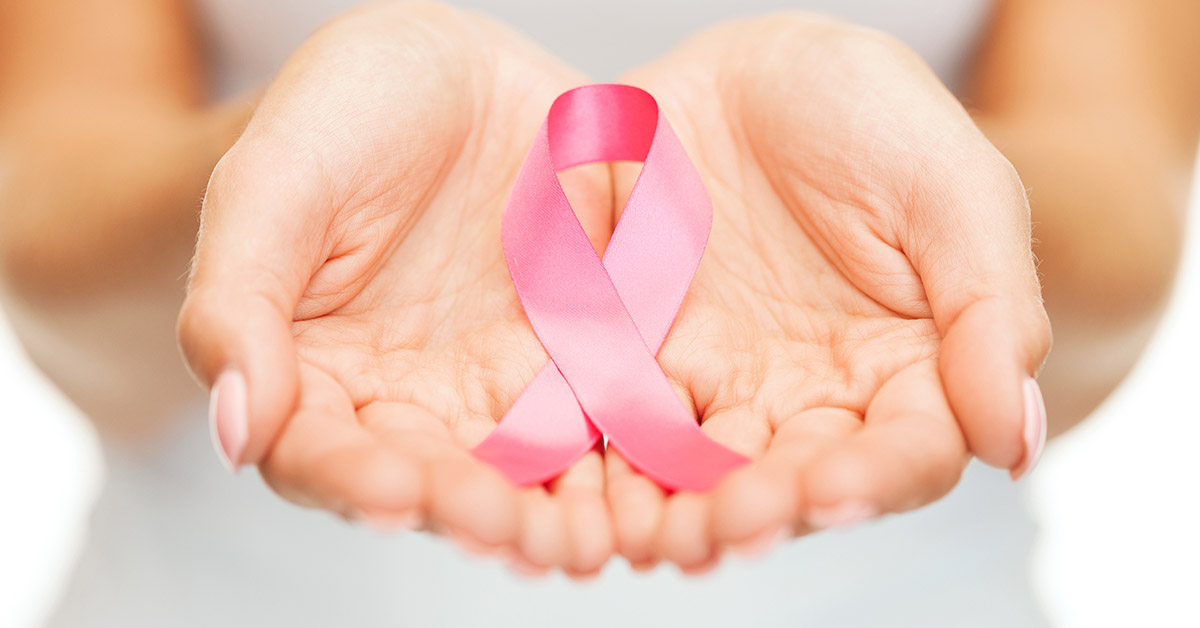Cancer is a devastating disease that affects millions of people worldwide. When we think of cancer, we often imagine it as something that mainly affects older individuals. However, recent studies and research have shown a concerning trend – cancer rates among young women are on the rise. This alarming increase requires our attention and a deeper understanding of the factors contributing to this troubling trend.
The Statistics
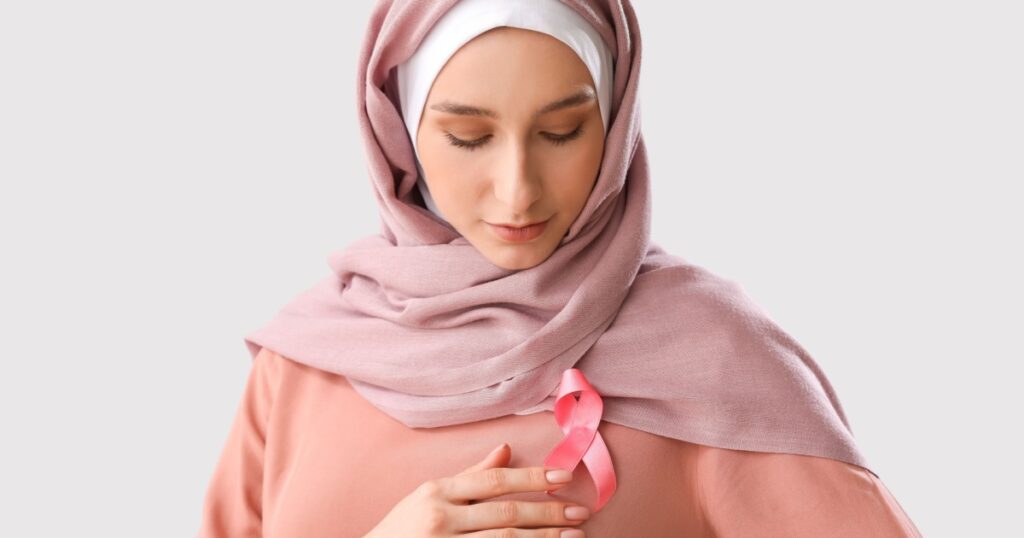
There is no questioning it: Cancer rates in women under the age of 40 are rising. The most common of these is breast cancer. Unfortunately, as young women are often underrepresented in clinical trials and also don’t meet screening criteria, they are often at later stages when diagnosed. Furthermore, treatment options are often different due to fertility concerns, which are not present for older women. The question that women’s cancer experts are trying to answer, of course, is why more and more young women are developing cancer. More importantly, how can we stop it? (1)
Read More: If You Notice Any of These 7 Signs, Don’t Ignore Them- They Could Be Early Signs of Breast Cancer
Factors Contributing to the Rise
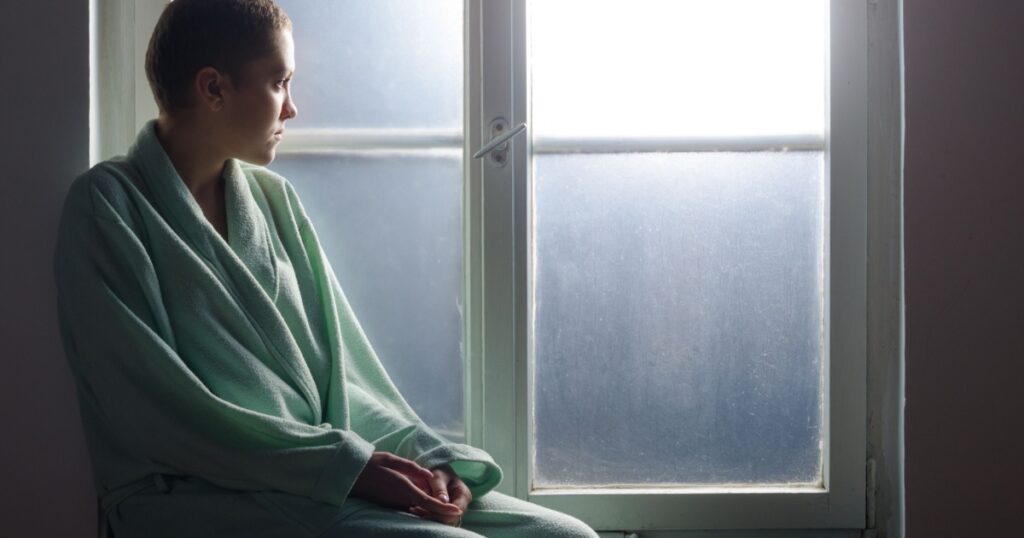
While there is still a lack of understanding of cancer in young women, there are some theories as to why we are seeing this increase. These theories are all multi-faceted, with big categories being lifestyle factors, environmental factors, prevalence of testing, and others. Some of these are within each individual’s control, while others are not. (2)
1. Lifestyle Factors

One of the primary factors is changes in lifestyle and behavior. Unhealthy lifestyle choices, including dietary habits, lack of physical activity, and increased alcohol consumption, have become more prevalent among young women in recent years. These lifestyle choices can increase the risk of developing cancer.
2. Environmental Factors
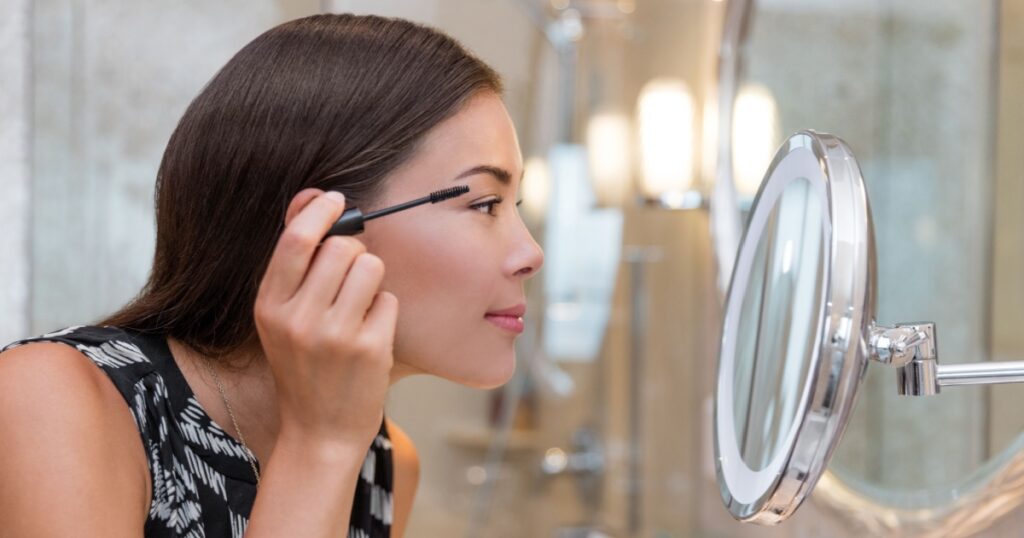
Environmental factors also play a role. Exposure to carcinogens in various environments, such as pollution, radiation, and certain chemicals, has been linked to an increased risk of cancer. Young women might be exposed to these substances in their workplaces, homes, or through the use of certain beauty or personal care products.
3. Genetics

Genetic predisposition is another critical factor to consider. Certain genetic mutations, such as BRCA1 and BRCA2, are associated with a higher risk of breast and ovarian cancer. Young women who have a family history of these mutations are more likely to develop cancer at a young age. Genetic testing and counseling can help identify individuals who are at a higher risk and guide them towards preventive measures.
Read More: Scientist who helped develop new drug for ovarian cancer donates all profits to charity
4. Prevalence of Testing
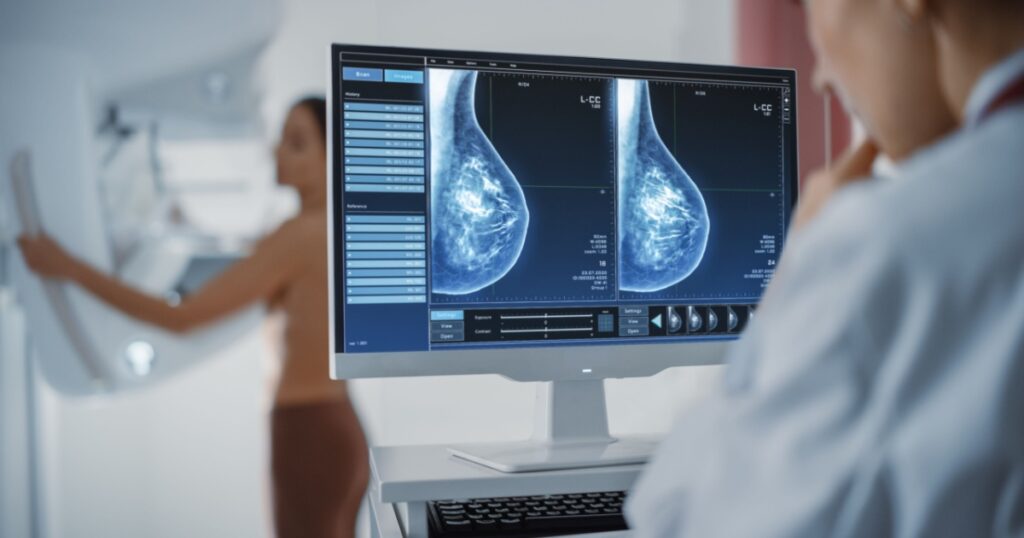
One thing that is both a positive and a negative is the prevalence of testing. Cancer detection and diagnostic tools are the best they’ve ever been. This will naturally lead to an increase in cancer diagnosis, as we are simply testing more and testing more accurately.
5. Reproductive Choices

Women are having children less often and later in life. There is a potential correlation between not having children and breast cancer, having children after age 30 and breast cancer, not breastfeeding and breast cancer, hormonal contraceptives, as well as having an abortion and breast cancer. All of these have to do with the four different types of breast tissue and their exposure to estrogen. This, however, is not well understood and requires more research. (3)
Importance of Early Detection and Prevention
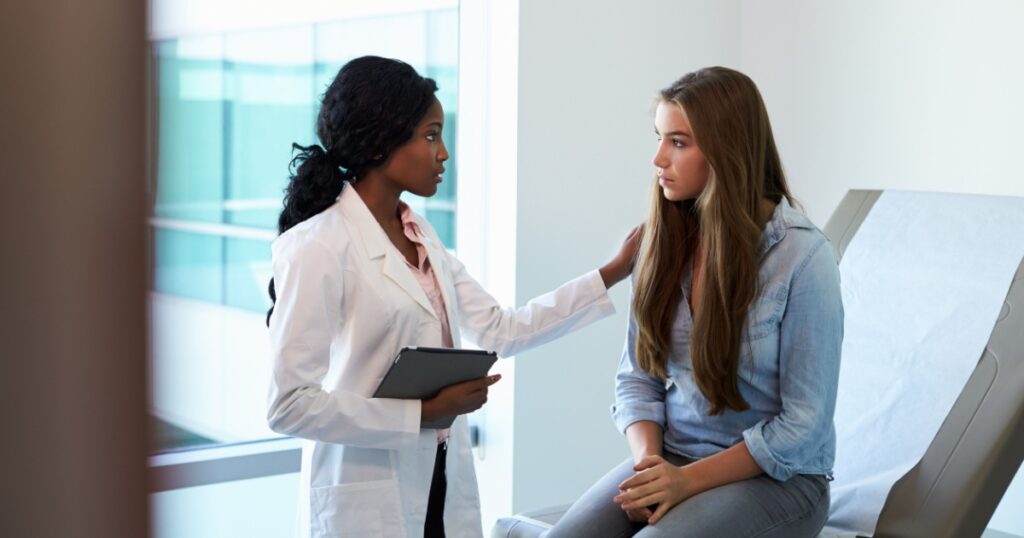
Early detection plays a crucial role in improving cancer outcomes. Young women must be aware of their bodies and any changes that may occur. Regular self-examinations of the breasts and other vulnerable areas can help detect any abnormalities early on. Additionally, regular check-ups with a healthcare professional are important for cancer screening. Screening guidelines vary depending on the type of cancer, so it is important to consult a healthcare professional to determine the appropriate screening schedule. For example, mammograms are generally recommended for women over the age of 40, but for those with a family history or other risk factors, screenings may start at an earlier age. Pap smears and HPV testing are also essential for cervical cancer prevention.
Read More: 40+ Weird Signs That Lead To a Cancer Diagnosis
Prevention is Key

- Healthy lifestyle choices: Adopting a healthy diet, maintaining a healthy weight, engaging in regular physical activity, and avoiding tobacco and excessive alcohol consumption can reduce the risk of cancer. (4)
- Protecting against environmental factors: Limiting exposure to harmful substances such as radiation, chemicals, and pollution can help reduce the risk of cancer.
- Genetic testing and counseling: If there is a family history of cancer or known genetic mutations, genetic testing can help individuals understand their risk and make informed decisions about preventive measures, such as prophylactic surgeries or increased surveillance.
- Vaccinations: Vaccinations against human papillomavirus (HPV) can significantly reduce the risk of cervical, vaginal, and other related cancers. (5)
The Importance of Support and Awareness
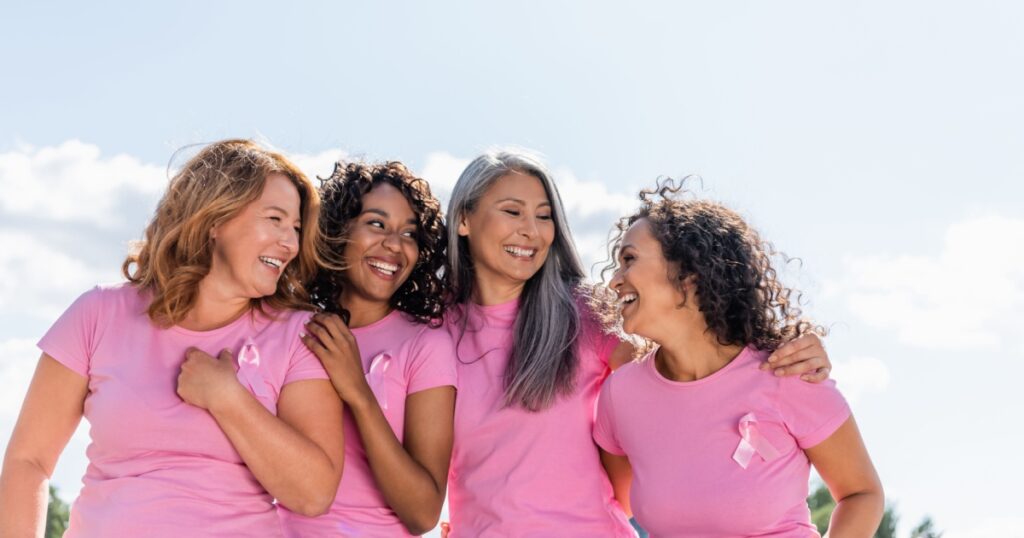
As the rates of cancer in young women continue to rise, it is crucial to provide support and raise awareness about this issue. Increased awareness campaigns, educational resources, and support groups can help young women navigate the challenges of cancer prevention, early detection, and treatment. It is essential for healthcare providers, policymakers, and society as a whole to work together to address the rising cancer rates among young women. Investing in research to understand the factors contributing to this trend and developing targeted interventions is necessary to reverse this alarming increase and ensure a healthier future for young women.
The Bottom Line

The rising cancer rates among young women are a cause for concern. Changes in lifestyle, environmental factors, and genetic predisposition all play a role in this trend. Early detection through self-examinations and regular screenings, as well as adopting preventive strategies, can significantly lower the risk of developing cancer. By raising awareness, providing support, and implementing preventive measures, we can make progress in combating this alarming rise and ensure a healthier future for young women.
Read More: Dog Owner Claims Her Husky Sniffed Out Her Cancer 3 Times
Sources
- “What Is Known about Breast Cancer in Young Women?.” MDPI. Jie Wei Zhu, ORCID, Parsa Charkhchi, Shadia Adekunte and Mohammad R. Akbari. March 22, 2023.
- “Is breast cancer incidence increasing among young women? An analysis of the trend in France for the period 1983-2002.” Research Gate. July 2008.
- “Reproductive Choices of Young Women Affecting Future Breast Cancer Risk.” AC Peds. American College of Pediatricians. October 2019
- “A Review of Modifiable Risk Factors in Young Women for the Prevention of Breast Cancer.” Pubmed. Alex A Daly Rachel Rolph, Ramsey I Cutress and Ellen R Copson. April 13, 2021.
- “Cervical cancer.” WHO. March 5, 2024.
